Origin, evolution, and phylogeography of recent epidemic CHIKV strains
Autor(es): Lo Presti Alessandra, Ciccozzi Massimo, Cella Eleonora, Lai Alessia, Simonetti Francesco Roberto, Galli Massimo, Zehender Gianguglielmo, Rezza Giovanni
Resumo: Chikungunya virus (CHIKV) is an arthropod-borne virus of the Alphavirus genus, which is transmitted to humans by Aedes spp. mosquitoes - was firstly identified in Tanzania in the mid 1950s. In this article, the findings of a phylogenetic - phylogeographic analysis of the recent CHIKV p-emic are reported. We estimated time of origin of the ancestral virus, time - place of occurrence of A226V mutation, - the flow of viral strains from an area to the other. The Bayesian phylogenetic - phylogeographic analysis was performed on the whole dataset, which consisted of 195 E1 (envelope 1) CHIKV sequences, - on a subset (D2), including 146 of the 195 previous sequences. Using the relaxed clock model, we estimated a CHIKV E1 mean evolutionary rate (in the whole dataset) of 1.4 × 10(-3)substitution/site/year (95% highest posterior density interval HPD 6.4 × 10(-4)-2.5 × 10(-3)), - of 2.2 × 10(-3) (95% HPD 9.6 × 10(-4)-3.8 × 10(-3)) in the D2 subset, including only the strains involved in the recent Indian Ocean epidemic. The phylogeographical analysis suggested an African origin of CHIKV with a tMRCA of 146 years corresponding to 1863 (95% HPD 1741-1941). Moreover D2 subset most probably originated in Kenya, with a tMRCA corresponding to the year 2002 (95% HPD 2000-2004), then spread following two distinct routes: one throughout the Indian Ocean (Reunion, Comoros) - the other moving from India then scattered in the South East Asia - reached Italy. In conclusion, we reconstructed the geographic spread of CHIKV during the last epidemic wave, which showed an eastward path from Africa to Indian Ocean isl- to India, - from there to other South East Asian countries. Whether A226V variants followed the same migration path remains undefined, since local independent mutations, followed by fixation due to selective advantage conferred by better adaptation to local vectors of infection, cannot be excluded.
Palavras-Chave: CHIKV; Phylogeny; Phylogeography
Imprenta: Infection, Genetics and Evolution, v. 12, n. 2, p. 392-398, 2012
Identificador do Objeto Digital: 10.1016/j.meegid.2011.12.015
Descritores: Chikungunya virus - Pathogenesis ; Chikungunya virus - Proteins ; Chikungunya virus - Infectious diseases ; Chikungunya virus - Viral infections ; Chikungunya Virus - Virus ; Chikungunya virus - Epidemic ; Chikungunya virus - Epidemiology
Data de Publicação: 2012








